Here are four instances when an African writer reproduced or drew inspiration from a western classic and ended up giving the original a much needed makeover.
***
Our Sister Killjoy (1977, Ghana)
Heart of Darkness tells the story of a British sailor who travels the river Congo in search of a lost explorer. The language is evocative and beautiful. But the book has been criticized as racist partly because it represents Africans as caricatures. Ama Ata Aidoo flips Conrad’s classic in a spunky purse-size novella titled Our Sister Killjoy. She replaces the British sailor of Conrad’s adventure with Sisi, a Ghanaian student set adrift on a European quest. Sisi travels through Germany and Belgium driven by as much wonder and frustration as Conrad’s Marlowe. Just as Conrad populates his novel with stock African characters drawn from hundreds of years of racist colonial archive, Aidoo expertly fashions her European characters as one-dimensional figures reduced to stereotypical bodytypes, names and even accents. Like Marlowe, she obsesses over Europeans, but her observations about Europeans are more refined as they are filtered through a slightly more clinical detachment. Aidoo comes for Conrad in a tit-for-tat literary fist-fight to show him just what is wrong with his representation of Africa.
Blackass by Igoni Barrett (2014, Nigeria)
Kafka’s Metamorphosis begins with a man who wakes up in the morning and realizes he has been transformed into a bug. In Blackass, Barrett gives the story a stunningly beautiful make over in a tale about an unemployed Lagos bloke who wakes up one nondescript morning and finds he is a white man. Now Kafka’s story hits all the right notes. It is a mixed-genre story with dark, mythical undertones and completely deserves its status as a classic. The story does fail in one important respect, though. It takes place entirely within the intimate space of the household. Barrett reworks Kafka’s family drama as an urban odyssey and makes a stunning success of it. Kafka was satisfied with exploring the complications of Gregor Samsa’s new life as a bug within the privacy of the home. But Barrett is all about taking the craziness outside where life is unpredictable and fraught with danger. He portrays Furo Wariboko’s new life as a white man in a series of adventures played out in the devious streets of Lagos.
Open City by Teju Cole (2012, Nigeria)
Open City chronicles the disjointed musings of Julius, a Nigerian psychiatrist let loose in the streets of New York City. Critics who have tried to understand the inspiration for Julius have linked him to Meursault the lead character in Albert Camus’ The Stranger and Antoine in Sartre’s Nausea. But I think he most resembles Austerlitz in W.G. Sebald’s novel by the same name. Austerlitz and Open City are both stories about very educated but disturbed men set adrift in the modern city and moved to say very philosophical things about time, history, violence, art, music, photography, and women. Austerlitz is memorable because of his fragility, which sometimes casts him in the figure of the sweet old man. Julius has a much darker edge–somewhere between a bad boy and a psychopath—that makes his exploration of history as a nightmare of violence and loss a bit more creepy.
African Psycho (2013, Congo)
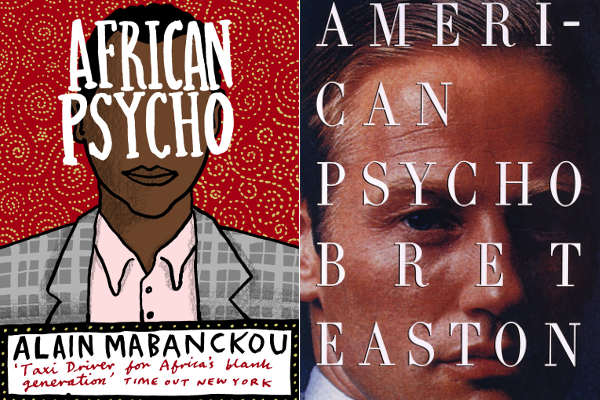 Alain Mabanckou has made it clear that African Psycho is not a rewrite of American Psycho in spite of the similarity in title. He is right. Yes, both novels are about psychopathic men obsessed with killing and mutilating women’s bodies. The difference is that whereas Patrick Bate is handsome, intelligent and actually kills women, Gregoire Nakobomayo is an ugly, bumbling guy who wishes so badly to commit murder but is too much of a scaredy cat to pull it off. His mind is a twisted as Bate’s. He imagines these frightfully elaborate murder scenes. But here is Gregoire’s problem. He stops at imagining these moments without ever acting on them. African Psycho is more about the aesthetics of murder than it is about actual murders. The humor of it all is priceless!
Alain Mabanckou has made it clear that African Psycho is not a rewrite of American Psycho in spite of the similarity in title. He is right. Yes, both novels are about psychopathic men obsessed with killing and mutilating women’s bodies. The difference is that whereas Patrick Bate is handsome, intelligent and actually kills women, Gregoire Nakobomayo is an ugly, bumbling guy who wishes so badly to commit murder but is too much of a scaredy cat to pull it off. His mind is a twisted as Bate’s. He imagines these frightfully elaborate murder scenes. But here is Gregoire’s problem. He stops at imagining these moments without ever acting on them. African Psycho is more about the aesthetics of murder than it is about actual murders. The humor of it all is priceless!




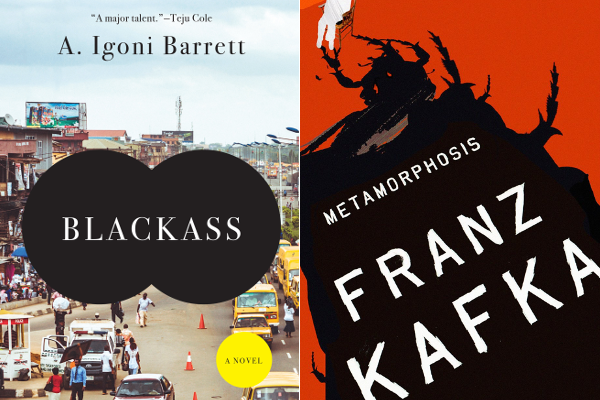

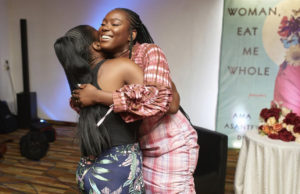


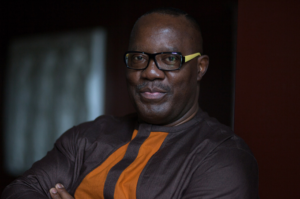

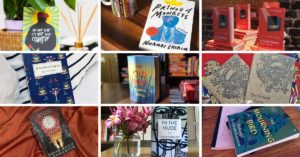

Roger June 07, 2016 17:57
Probably what is wrong with Heart of Darkness from an African view is that it isn't actually about European imperialism in Africa, but Russian imperialism in Poland (Kurtz's great admirer is a Russian, remember). That's why the Africans aren't really characters at all. Conrad isn't interested in them, even if in a different way.